
Being in space changes the human body in many ways, affecting many of its internal systems. (Image courtesy of Getty Images)
Humanity hopes to colonize Mars in the near future, with NASA aiming to reach the Red Planet by 2040. But how will the long space missions required to do so affect the human body?
Our species evolved to thrive on Earth, in its protective atmosphere and gravity field, not to survive in the unique conditions of space beyond our planet. Some scientists even suggest that visiting other planets may require humanity to modify its DNA to become more resilient to the dangers of space travel.
Many aspects of space exploration have a detrimental effect on human health. One of the main obstacles to long-term spaceflight is microgravity, a state of almost complete weightlessness in which astronauts float in the air and can easily move heavy objects. Another problem is cosmic radiation, high-energy particles that rush through space at speeds close to the speed of light. Not to mention the many risks associated with prolonged isolation and confinement in a spacecraft.
You may like
-
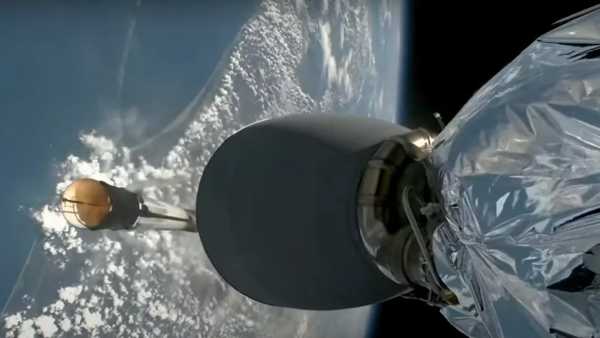
SpaceX Just Launched Pathogenic Bacteria To The International Space Station
-
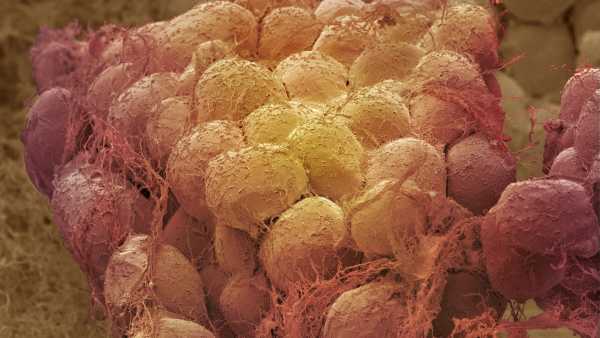
Losing weight can 'rejuvenate' fat tissue by getting rid of old cells
-

Science News This Week: A 400-Year Journey to Alpha Centauri and the Evil AI That Might Make Us Think About It
Here are 11 signs that your body changes in space—usually for the worse.
1. Senescent stem cells
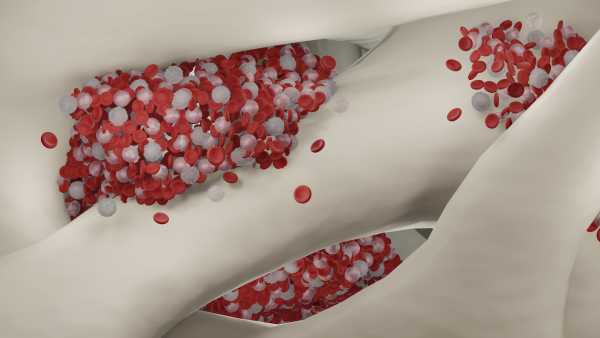
Research shows that human stem cells become more active and age much faster in space. A 2025 study published in the journal Cell Stem Cell looked at the effects of low Earth orbit on hematopoietic stem and progenitor cells (HSCs), which give rise to different types of blood cells and platelets that form clots. By producing immune cells called white blood cells, HSCs help regulate the immune system and allow it to monitor the body for cancer.
During SpaceX resupply missions to the International Space Station, HSPC cells aged faster than the same cells stored on Earth, according to a study. The researchers obtained the cells from the bone marrow of volunteers undergoing hip replacement surgery and then grew them in a nanobioreactor, a vessel that can speed up biological reactions. In space, the stem cells partially lost their ability to generate new cells and became more susceptible to DNA damage. The researchers also observed increased activity in part of the “dark genome,” little-studied regions of the genome associated with stress response and aging.
The study revealed another health concern associated with long-term space travel, but it had a silver lining. Damage to the HSPCs began to repair itself after they were placed in a young, healthy tissue environment, suggesting that prematurely aged cells may be able to be rejuvenated.
2. Loss of muscle mass

Weight-bearing movements are essential for muscle growth and maintenance. In zero gravity, muscles receive too little stimulus and begin to weaken and break down quickly. According to NASA, astronauts can lose up to 20% of their muscle mass after just five days in microgravity.
Muscle loss in space occurs primarily in body parts responsible for walking and maintaining posture, such as the lower extremities and trunk. Research suggests that this phenomenon is a direct result of reduced protein production by muscle cells, rather than the degradation of existing muscle fibers, according to a 2021 review published in the journal npj Microgravity.
You may like
-
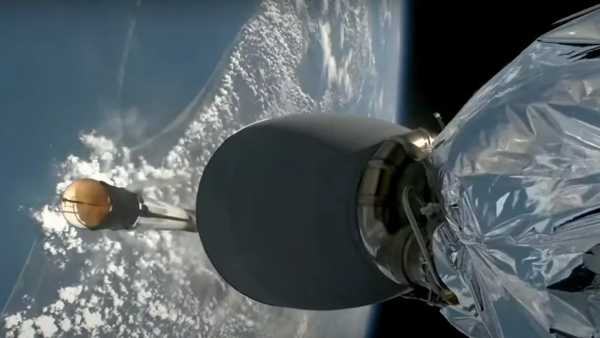
SpaceX Just Launched Pathogenic Bacteria To The International Space Station
-

Losing weight can 'rejuvenate' fat tissue by getting rid of old cells
-

Science News This Week: A 400-Year Journey to Alpha Centauri and the Evil AI That Might Make Us Think About It
3. Bone loss
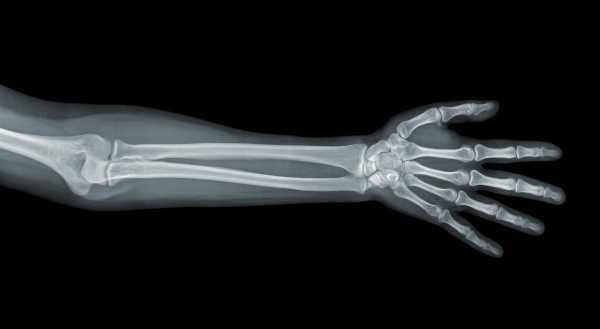
The human skeleton also requires weight-bearing exercise to maintain its mass and density. Astronauts who have spent six or more months in space may experience bone loss over decades, making them more susceptible to fractures and osteoporosis.
Interestingly, the effects of microgravity on individual bones may depend on their location in the body. According to a 2020 meta-analysis published in the journal npj Microgravity, the bones of the lower extremities and lumbar spine can lose up to 1% of their mass per month of a person’s stay in space, while the density of the bones of the skull may even increase. In space, there is no force pulling the body and its internal fluids toward Earth, which in turn may affect the distribution of factors that control bone formation, the authors of the meta-analysis noted.
According to a review published in 1995 in the journal Acta Astronautica, because bone tissue breaks down rapidly in space, large amounts of minerals can enter the bloodstream, increasing the risk of hypercalcemia (too much calcium), which in turn can lead to kidney stones.
4. Vision problems
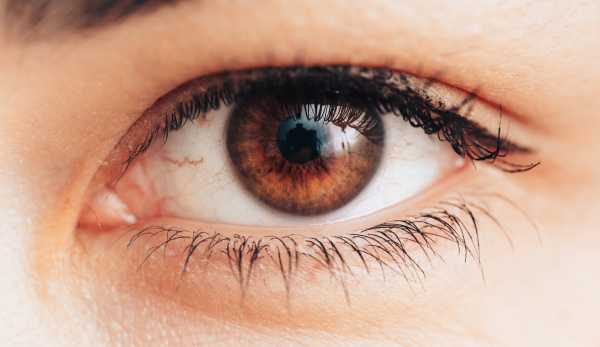
The eyes are undoubtedly one of the most sensitive and complex organs in the human body, so it is not surprising that spaceflight can have a negative impact on our eyes and vision. For example, the nerves that extend from the back of the eye can be altered in microgravity and then deformed when returning to Earth's gravity.
Vision is also affected by a number of factors, including Earth’s gravity. Gravitational forces help keep the eyeballs in the correct position and allow them to rotate in their sockets, according to a 2009 review in the Annals of the New York Academy of Sciences. In microgravity, these eye movements may be impaired, according to a 2006 study in the journal Human Physiology. Researchers examined astronauts on long-duration missions to the International Space Station before and after their flights. They found that prolonged exposure to microgravity significantly altered the accuracy and speed of eye rotation, which in turn could impair the astronauts’ ability to visually track objects, the study authors wrote.
Long-term exposure to microgravity can also lead to a degenerative disease called spaceflight-associated neuroocular syndrome (SANS), symptoms of which include flattening of the eyeball, white lesions on the inner layer of the eye known as “cotton wool spots,” and other tissue damage in various parts of the eye.
5. Back pain
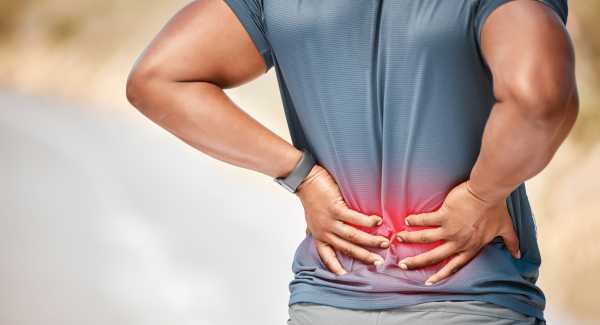
Astronauts often complain of back pain after returning home from long space flights. The cause of this pain is microgravity and its profound effect on the human spine.
Earth's gravity keeps the spine compressed, maintaining its typical slightly curved shape. In microgravity, the spine lengthens and straightens slightly. According to NASA, astronauts can “grow” up to three inches (7.6 centimeters) in zero gravity.
The human spine is flexible, so short-term spaceflight is unlikely to cause serious consequences. However, long-term exposure to microgravity can weaken the muscles that support the vertebrae. In addition, weightlessness can lead to degeneration of the intervertebral discs, the cushioning pads located between the vertebrae, according to a 2023 review published in the journal Frontiers in Physiology.
Degeneration of intervertebral discs in space appears to be caused by water loss. In normal gravity, the spine is compressed, causing water to be lost from the discs during the day. During sleep, in a horizontal position, the gravitational load is reduced, and the discs can rehydrate. This exchange allows the disc to maintain optimal hydration levels and thus maintain its structure and functionality. However, in microgravity, these daily variations are lost, the authors of the review write.
6. Decreased immunity

Space radiation, microgravity, and the general physical and mental stress of space travel can weaken astronauts' immune systems and thus make them more susceptible to infections and systemic diseases.
Long-term exposure to microgravity can reduce the number and function of macrophages, a type of white blood cell that kills harmful microbes and regulates the activity of other immune system cells, according to a 2021 review published in the journal npj Microgravity. The review authors note that weightlessness has profound effects on macrophage metabolism, growth, and reproduction, as well as the ways in which macrophages interact with the rest of the body’s immune system.
Additionally, a study published in Frontiers in Immunology in 2023 suggests that gene activity in white blood cells — immune cells that patrol the body and produce antibodies — is reduced in astronauts aboard the International Space Station. Gene activity in these cells returns to normal about a month after returning to Earth.
What's more, according to a review published in Life magazine in 2021, mounting evidence suggests that microbial conditions in zero gravity may cause different types of microbes to cause more serious illness and become resistant to treatment, although this has mostly been demonstrated in laboratory studies.
7. Increased risk of blood clots

Like any other muscle, the heart needs constant exposure to Earth's gravity to stay strong and functional. Gravity pulls the body's blood toward the center of the planet, forcing the heart to contract hard enough to push blood up through the body. Microgravity offsets this force, which may cause astronauts' hearts to shrink over time.
However, a smaller heart is not the only potential impact of long-term spaceflight on the human cardiovascular system: there is growing evidence that microgravity may also increase the risk of dangerous blood clots.
Research suggests that this risk may arise because microgravity is associated with decreased blood flow throughout the body and increased levels of clotting factors. Additionally, according to a 2021 review published in the journal Experimental Physiology, weightlessness can cause dysfunction of the tissues lining blood vessels, which could theoretically contribute to the risk of blood clots during spaceflight.
8. Increased levels of inflammation
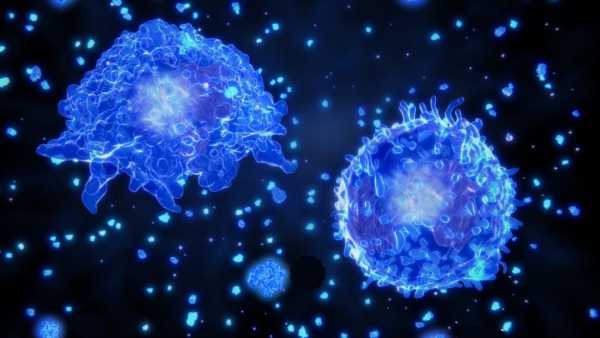
According to the NASA Twins Study, long-term spaceflight can increase overall inflammation in the body, and this increased inflammation is linked to conditions like cardiovascular disease and insulin resistance. Astronauts Scott and Mark Kelly are twin brothers. At one point, Scott was sent on a year-long mission to space while Mark remained on Earth, and scientists took advantage of the unique opportunity to compare how their bodies responded to very different conditions.
Among a host of other tests, the researchers compared levels of cytokines, proteins in the brothers’ blood that indicate inflammatory responses. They found that Scott’s body was more prone to inflammation in microgravity than Mark’s was on Earth. What’s more, one type of cytokine in Scott’s blood remained elevated for nearly six months after returning from space. The team also found signs of atherosclerosis (narrowing of the arteries due to plaque buildup) in Scott that Mark did not have, and noted that this narrowing could be related to the inflammation he was seeing.
9. DNA damage
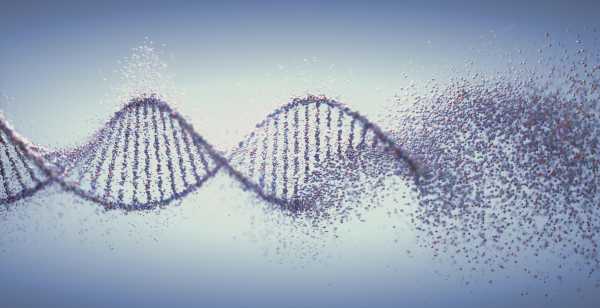
According to a 2017 review published in the journal npj Microgravity, astronauts face an increased risk of DNA damage, primarily due to exposure to space radiation and microgravity. Charged particles from cosmic rays can damage DNA strands both directly and indirectly by forming free radicals, a type of unstable molecule. Microgravity, on the other hand, can disrupt natural DNA repair processes, further increasing the risk of genetic mutations, the review authors wrote.
The unique conditions of spaceflight, such as frequent contact with toxic chemicals (such as dust particles that coat the surface of celestial bodies or some components of the spacecraft) and lack of fresh air, may also exacerbate this harmful effect. The review authors noted that long-term spaceflight may lead to the accumulation of genetic mutations, increasing the risk of cancer, cystic fibrosis, sickle cell anemia, and other adverse health effects.
10. Poor gut health
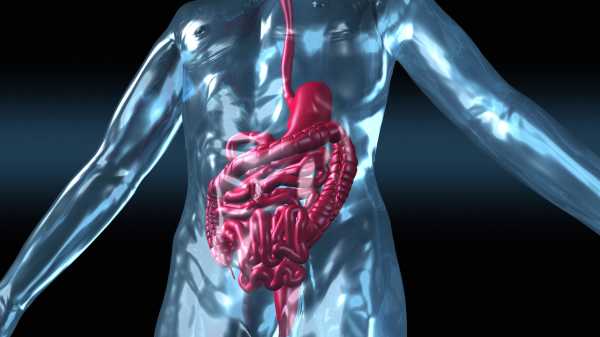
The human gastrointestinal tract is home to trillions of microbes that can influence digestive function, immune responses, metabolism, and nerve signaling, among other bodily functions. According to a 2021 review published in Life magazine, the gut microbiome is constantly changing in response to external factors such as diet and psychological stress levels. Additionally, spaceflight can also affect gut health.
According to the review, astronauts tend to have a less diverse population of gut microbes compared to people on Earth, and often have higher abundances of bacterial species that promote gut inflammation, such as Faecalibacterium and Parasutterella. Scott, who participated in the NASA Twin Study, also had significant changes in his gut microbiome during spaceflight, but his gut recovered on Earth.
Additionally, a mouse study published in the journal Cell Reports in 2023 showed that spaceflight-induced changes in the gut microbiome can accelerate bone loss in microgravity. However, more research is needed to understand how this mechanism works in humans, or whether it works at all.
11. Changes in brain structure and activity
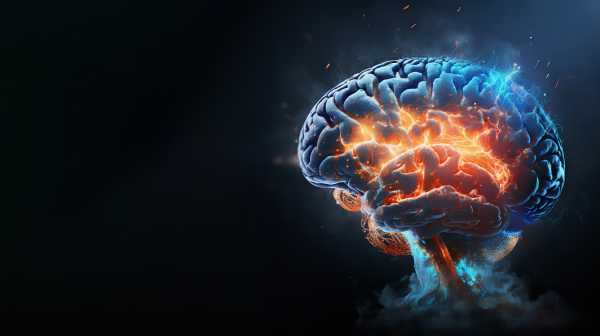
Long-term spaceflight can “reprogram” astronauts' brains. Microgravity is likely the driving force behind this effect.
Weightlessness causes a shift in cerebrospinal fluid, the watery substance that cushions and nourishes the brain and spinal cord. This, in turn, can change the shape and weight of the brain's white and gray matter. Changes in brain structure and activity can persist for months after astronauts return to Earth. At the same time, scientists are unsure how harmful these changes may be to human health.
RELATED STORIES
— What will happen to the human body in airless space?
—Why does NASA allow male astronauts to stay in space longer than women?
— What does it take to become an astronaut?
Additionally, according to a 2023 study published in the journal Communications Biology, deep space travel could change how different parts of the brain communicate with each other.
The researchers scanned the brains of 13 astronauts before their mission, shortly after they returned home, and then again eight months later. They found that these connectivity changes could persist in the astronauts long after they returned to Earth. Some of the connectivity changes could be seen in the motor areas of the brain, which control movement and likely change to adapt to zero gravity.
Editor's Note: This article was last updated on September 12, 2025. The article was originally published on May 23, 2023.

Anna Gora, author of articles on health
Anna Gora is a health writer at Live Science and has previously contributed to Coach, Fit&Well, T3, TechRadar and Tom's Guide. She is a certified personal trainer, nutritionist and health coach with almost 10 years of experience. Anna holds a BA in Nutrition from the Warsaw University of Life Sciences, an MSc in Nutrition, Physical Activity and Public Health from the University of Bristol and various health certifications. She is passionate about inspiring people to live a healthy lifestyle and promoting the benefits of a plant-based diet.
With the participation of
You must verify your public display name before commenting.
Please log out and log back in. You will then be prompted to enter a display name.
Exit Read more
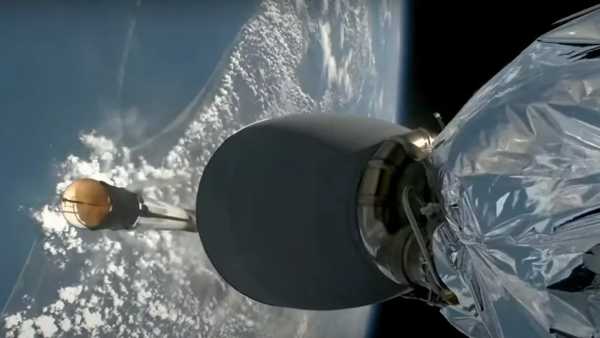
SpaceX Just Launched Pathogenic Bacteria To The International Space Station
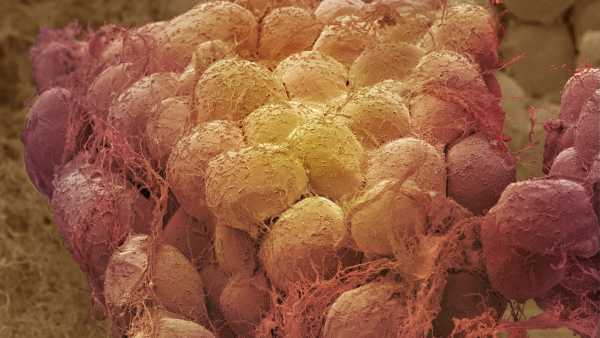
Losing weight can 'rejuvenate' fat tissue by getting rid of old cells

Science News This Week: A 400-Year Journey to Alpha Centauri and the Evil AI That Might Make Us Think About It
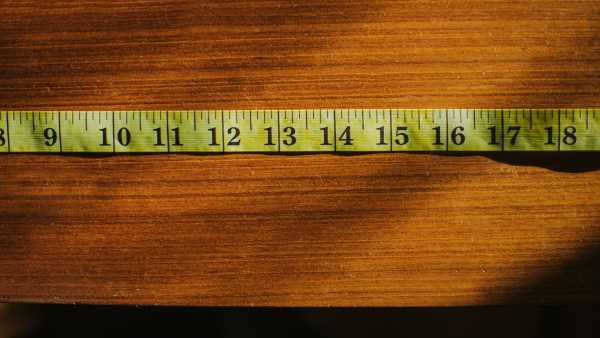
Extreme Thinness: Scientists Explore Why Some People Find It Hard to Gain Weight
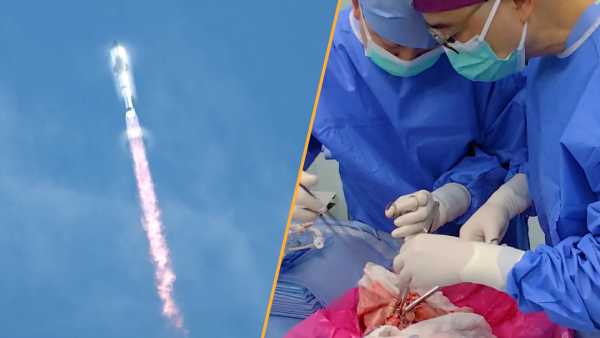
This week's science news: World's first pig-to-human lung transplant and successful SpaceX Starship test flight
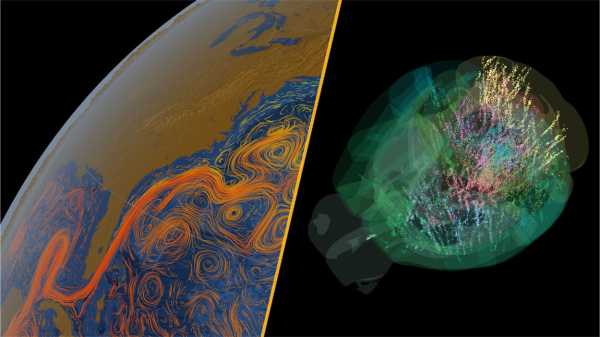
This week's science news: A key Atlantic current is nearing its end, the world's largest iceberg breaks apart, and a mouse brain is redefining neuroscience.
Latest Health News

Have you gotten the COVID vaccine this year?

An innovative drug for the treatment of cystic fibrosis that extends life by decades has earned its developers an “American Nobel Prize” of $250,000.
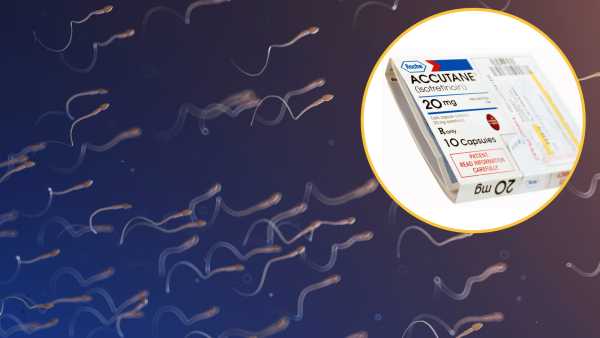
Acne drug Accutane may restore sperm production in infertile men, first study suggests

The study estimates that wildfires in Canada will cause 87,000 premature deaths worldwide in 2023.

This premium Garmin watch is practically a knockoff of the expensive Fenix 8, and it's currently on sale for a whopping $321.
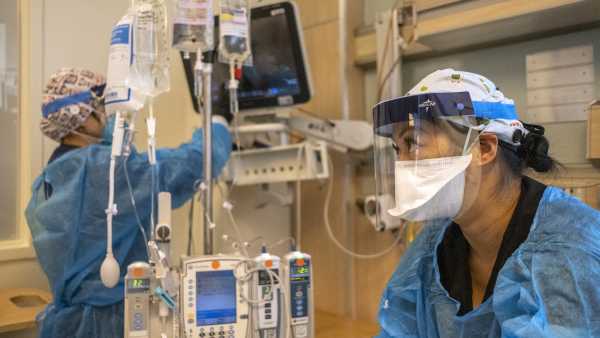
“We have effectively destroyed our entire capacity to respond to a pandemic,” says leading epidemiologist Michael Osterholm.
The last one in the countdown

Go, Buddy! The 5 Biggest Pirate Raids in History

Check out this year's best Milky Way photos

7 Viking Myths That Are (Almost) Completely False

Check out these stunning photos of Saturday's partial solar eclipse

7 Mysterious Caves Ancient People Used for Art, Burials, and Butchering

7 Ancient Megaliths Around the World That Can Rival Stonehenge
LATEST ARTICLES
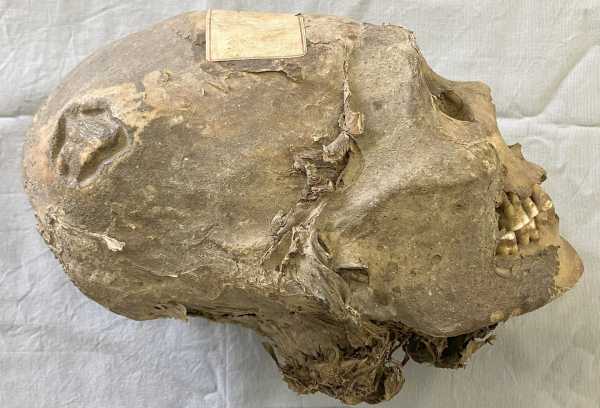
1,350-Year-Old Mummified Head From Bolivia Is Not What It Seems
Live Science is part of Future US Inc., an international media group and leading digital publisher. Visit our corporate website.
- About Us
- Contact Future experts
- Terms and Conditions
- Privacy Policy
- Cookie Policy
- Accessibility Statement
- Advertise with us
- Web Notifications
- Career
- Editorial Standards
- How to present history to us
© Future US, Inc. Full 7th Floor, 130 West 42nd Street, New York, NY 10036.
var dfp_config = { “site_platform”: “vanilla”, “keywords”: “type_evergreen,serversidehawk,van-enable-adviser-
Sourse: www.livescience.com





